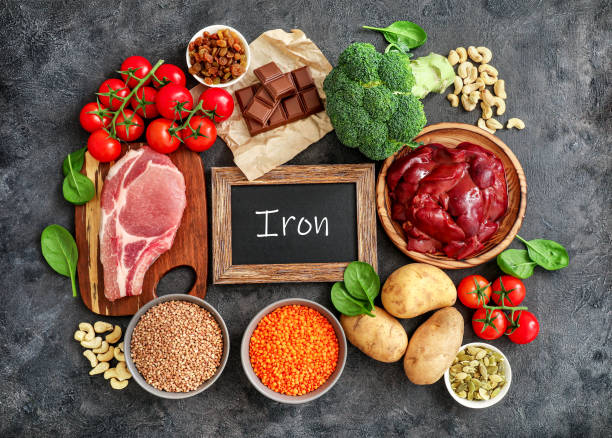The meat substitutes of the future could look more like real meat. A UK-based firm called Moolec claims to have created a genetically modified plant that produces beans, where a quarter are pig proteins. It named its plant Piggy Sooy.
Moolec also creates pea plants that are rich in beef protein. It claims that its products can provide similar nutritional value, taste, and texture to meat without the high cost associated with cultured beef.
Piggy Sooy is not yet available. The company will not reveal which pig genes were added to the soya. We can’t tell that at this time due to intellectual property issues,” says Dhingra of Moolec.
Soon, a factory will start producing green food using air and electricity
Photos of Moolec’s Piggy Sooy Beans show that they have a pinky-red tint inside (see the picture above). It is, therefore, likely that the gene added is for myoglobin, a protein containing iron in its haem group. Myoglobin is responsible for the color of red meat and contributes to the flavor.
Impossible Foods adds soy leghaemoglobin, a plant heme-protein, to its burgers for a meatier look and taste. Leghaemoglobin can be found naturally in the roots and seeds of soya, but Impossible Foods has to manufacture it using genetically modified yeast.
Motif, another company, produces beef myoglobin in the form of an add-on known as Hemani, which is used for meat substitutes. It is planning to manufacture it using modified maize in order to increase production.
Dhingra said that the proteins added to Piggy Sooy were chosen for the “feel” in the mouth after the food was cooked. However, he would not comment when asked whether myoglobin is one of the added proteins or if anyone had tried the Piggy Sooy bean yet.
Dhingra says that products such as Piggy Sooy can help to make our food supply sustainable.
Cutting meat for Veganuary? Beans are a great source of protein
Mark Lynas, an environmental writer, thinks the same. He says that it should be more environmentally sustainable and avoid intensive animal farming.
Lynas argues that is the reason for the opposition to genetically engineered crops. He’s not sure how PiggySooy will be received by the public.
“I have no idea what will happen.” “It’s fascinating that they’ve gone all-out to the ‘piggy,’ thing. There is no attempt made to sweeten the pills,” says Lynas. “Of Course, Scientifically, it’s only a protein. And we already engineer many plants and microbes that make desirable proteins,” says Lynas.
The production of transgenic protein in plants and bacteria is called molecular agriculture. “While we’re not aware of any research that specifically looks at molecular agriculture, there are strong indications that consumers are looking for more sustainable alternatives to livestock farming,” says Seren Kell from the Good Food Institute Europe. “Sales of plants-based alternatives have increased by 21% in Europe since 2020.”
Wood says that Bordeaux wines will continue to improve with climate change and as these weather patterns become common. However, there may be a limit to the improvement when it gets too hot and dry for grapes to thrive. Wood says, “we can’t know from this analysis when the failure point will occur.”
The terroir concept is supported by the chemical signature of Malbec wine
He says that vineyards will also be increasingly affected by extreme weather events such as wildfires, flooding, and hailstorms. These could destroy entire harvests.
Wood, who conducted the study, believes that other vineyards in the world that grow similar grape varietals, like Cabernet Sauvignon and Merlot, should also benefit.
He says winemakers can use these findings to improve their wines. For example, they could irrigate the soil in winter and trim the foliage of vines to reduce the shading of grapes. They could also increase drainage or erect rain covers in the event of a wet, humid summer.

